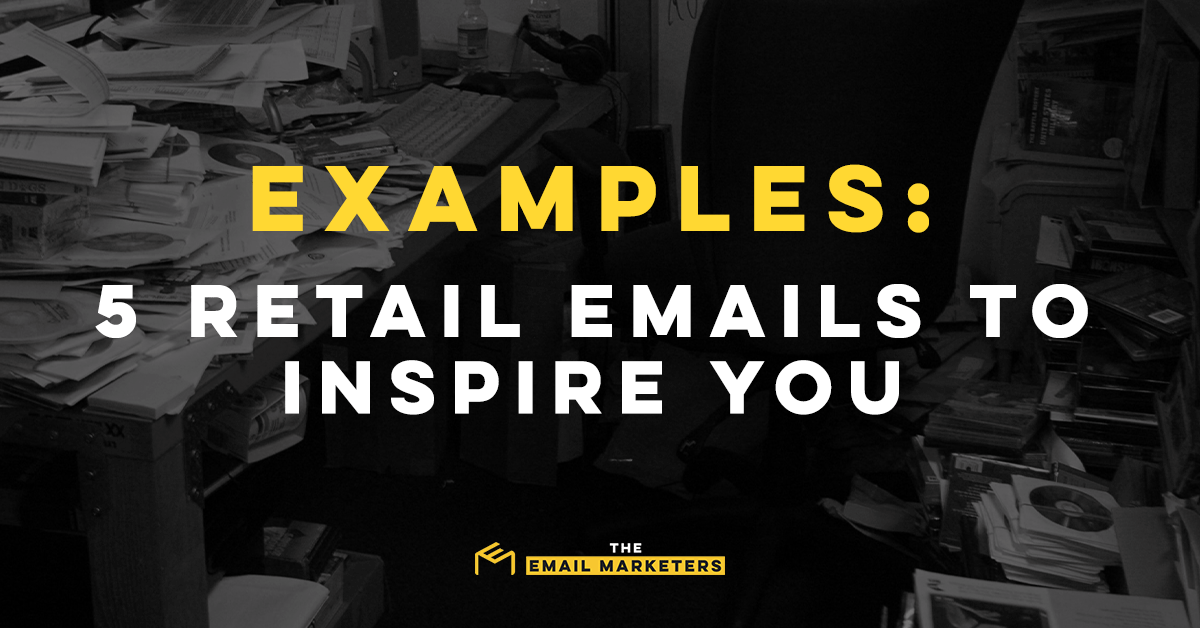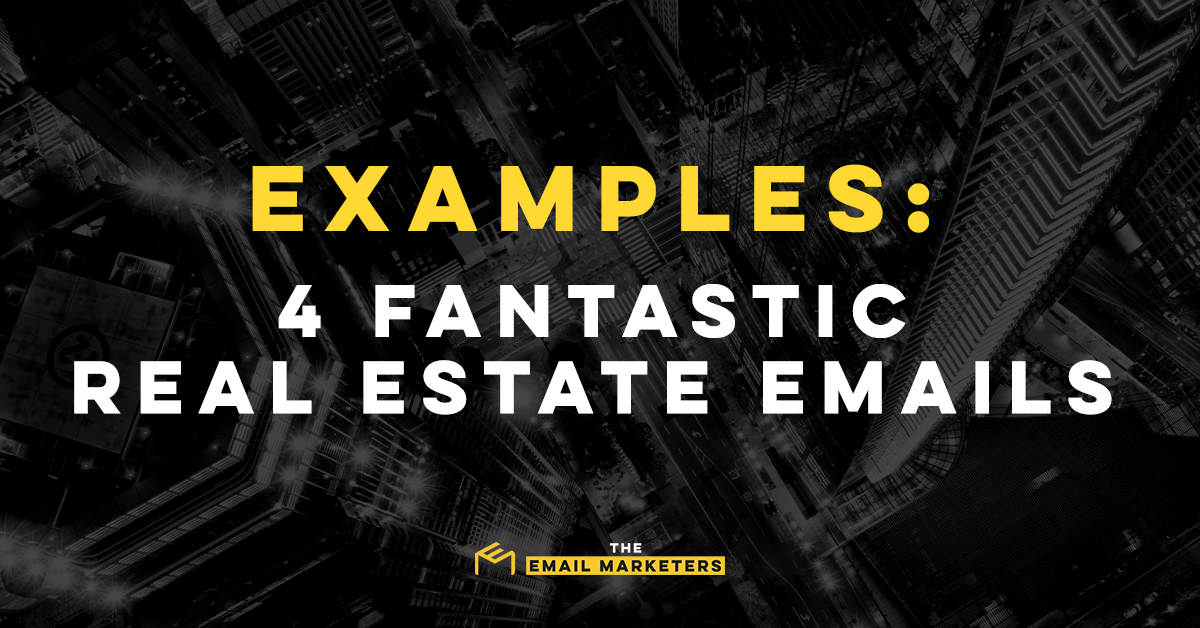How to Build Amazing B2B Email Lists
It’s no secret that digital marketing is hard. Regardless of your company size or industry, you need a dedicated strategy to find leads and secure new clients.
Fortunately, email marketing is an accessible and wide-reaching option. This channel is one of the oldest in the digital marketing sphere, and it remains a critical part of most businesses’ marketing plans.
However, before you can send an email, you need to create and curate an email list.
Today’s blog post is dedicated to the creation, maintenance, and understanding of these digital contact books! I’ll also give you tips and tricks to amplify your marketing efforts, so keep reading to learn more!
What Is an Email List?

An email list is exactly what it says on the box.
It’s a compilation of contact details for customers, and it serves multiple purposes. On the surface, an email list gives marketing experts a ready-made database of (hopefully) interested leads. However, these digital business directories can also bolster a brand’s customer relationship management!
The most basic email lists will have two data points: the customer’s name and an associate email address. If, however, you’re running a B2B campaign, you’ll probably need additional details. To make sure your sales team has everything they need, your ideal customer profile should include at least four elements:
- The customer’s name
- The customer’s employer or business
- The customer’s position within the company
- The customer’s email address
You may also want to collect phone numbers and job titles!
Can I Buy B2B Email Lists? Wouldn’t That Be Easier?
Now, before I move ahead with the lesson, I must point out something essential.
You’ve probably seen dozens of websites that promise you more lead generation. These unscrupulous webpages often claim to have the information of important individuals — such as C-level executives — for a somewhat reasonable price. However, these pages are little more than money sinks!
You should never purchase email lists!
At best, these pages are purpose-built spam traps, and sending messages to the included email addresses will harm your brand’s reputation. However, most of these businesses are outright scams! These purchased mailing lists will likely include plenty of irrelevant contact details, and any valid addresses will quickly flag your messages as spam.
Shaking hands with email list providers can also land you in legal hot waters. Both the American CAN-SPAM Act and the European Union’s GDPR explicitly ban the use of purchased lists.
Frankly, I could write an entire article about the dangers of buying from an email list provider.
But!
That’s not the point of this blog post!
You’re here for tips on increasing the efficacy of your email marketing! So, enough warnings! Let’s dive into the world of B2B email lists.
The Basics of Building a B2B Contact List

Before you optimize your B2B email lists, you need to build some. This requires some hard work, but the results are well worth the effort!
There are plenty of ways to create and maintain an email list — and even more ways to keep your customer base satisfied. The right combination of digital tools can rocket any brand’s sales teams to success, but you need to reach the decision-makers first!
Six Essentials to Amplify Your Customer Relationship Management
At the heart of good B2B email lists are six essential components:
- Consent: Every reputable business must strive to use only verified email addresses.
- Maintenance and Monitor: Keep your email lists up to date and relevant.
- Opt-In: Convince your customers that they need to sign up for your email campaigns! If you’re serious about email marketing, fill your site with strategically placed opt-ins.
- Segmentation: How do you convince more leads to invest in your product? Well, you target them! Keep your contacts organized with dedicated segments to boost your sales.
- Value: What benefits do your customers receive from your emails?
- Variety: Don’t drown your users in generic sales announcements. Sprinkle in valuable content and unique email campaigns!
Now, consent is self-explanatory, and ensuring that your contacts are limited to interested individuals is smart and cost-effective. However, the other five points are trickier to understand.
So, let’s break each point into smaller bites and learn how to boost your email marketing.
Managing and Monitoring Your B2B Email Lists
Regardless of your industry — whether you’re B2B or B2C — you’ll need some way to organize your contacts.
The practice of maintaining your collection of business emails is known as “list hygiene,” and it’s more important than you’d think!
Obviously, a clean email list is easier to access. Your sales and marketing teams will have more control over campaigns, and recipients enjoy more targeted and relevant campaigns. Moreover, thanks to the drawn-out process of B2B sales, a well-organized list is essential!
Keeping track of your prospects’ journeys is just as important. All that data may seem irrelevant, but every statistic — from your bounce rate to your open rates — dictates your marketing team’s choices.
(As an aside: I won’t dig much into monitoring your data in this post. That’s a complex topic, and we just don’t have time to go over everything!)
Know Which Customers Are Active

Having thousands of subscribers in your B2B email list may feel good, but the reality of such a list is expensive! Many email services charge more for larger lists, and few of those website visitors will become paying customers.
The best B2B email lists are packed with active subscribers! You want to see businesses consistently opening your email marketing materials. Moreover, you want your leads to be engaged.
That’s why so many professionals emphasize the importance of engagement rates.
So, if you’re looking at your database, now is the perfect time to think about a re-engagement marketing campaign! These specialized pushes ask users to confirm if they’re still interested, and any uninterested users are subsequently removed from the mailing list. In addition to cutting down on the number of email addresses you’re tracking, these campaigns are a great way to ensure the right people receive emails from your brand!
Marketers can also use this data to set up targeted and automated email marketing.
Only Use Valid Email Addresses to Generate Contact Information

In addition to being a legal requirement, opt-in consent is one of the best ways to amplify your B2B email marketing.
There are plenty of ways to turn existing customers and website views into valuable insights, and I can’t cover every method in this blog post.
What I can do is give you some pointers to help you grow your mailing lists.
Again, remember the data you’ll need to run effective email campaigns. Ideally, your business should ask for the user’s name, email address, and job title. Depending on your sales goals, you may also want to ask about the user’s industry experience.
This information should be maintained in a dedicated database. Most modern email platforms have built-in email lists with tools to help you manage your contacts. There are also some dedicated email list providers with database maintenance services.
Regardless of how you maintain your email lists, be sure to keep that information safe! Limit access to customers’ contact information, and always double- and triple-check the company you use to manage your marketing!
Take Advantage of Segmentation

The copious amount of data you’ll gather may seem overwhelming, but that information is essential for your B2B email marketing team.
Why?
Well, that’s the magic of segmentation!
Most modern email marketing platforms have automation tools, and segments are just a part of the puzzle. These groups of email addresses share a common trait — such as titles, geographic regions, or engagement rates — that sales and marketing deem important. When a new campaign is made, marketers can flag the message to be sent to everyone or a certain segment.
While there’s a lot more going on behind the scenes, the ultimate result is that your email campaigns have greater accuracy and relevance.
Give Clients a Reason to Sign Up for Your Email Marketing

Finally, you need to give customers a reason to sign up. Unlike B2C, B2B email marketing is a slow and steady process. Clients are unlikely to purchase something on a whim, which makes lead generation even more important than usual!
Fortunately, businesses can amplify the number of contacts they gain by offering valuable content to subscribers. In B2C marketing, this value tends to be monetary. Subscribers often receive exclusive coupons and deals. However, B2B email prospects require a different kind of motivation.
In a B2B email list, companies often draw in consumers with targeted and well-researched information. Gated blog posts and video lessons are common tactics, as are downloadable documents and lead magnets.
Turn Your B2B Email Lists Into Valuable Business Directories
Want to grow your B2B email lists even more?
Now is the perfect time to invest in professionals. A qualified team — like the one you’ll find at The Email Marketers — creates and curates your B2B email lists for you. With The Email Marketers, you’ll be able to focus on what matters. We’ll take care of the marketing!
If you’re ready to amplify your email marketing potential, give me a call! We can discuss your options and show you the difference a team of pros can make!



































































































